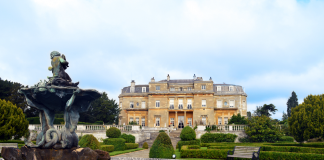As I gaze out of the plane window, I’m greeted by a vast expanse of some of the bluest waters I’ve ever seen. A tapestry of topaz, turquoise and a soft baby blue, mingled so gently it’s as though a brush has been swirled softly over the surface. Another couple of minutes and the landscape changes to a tropical paradise, where the heads of palm trees sway, rolling sugarcane fields stretch as far as the eye can see and white sandy beaches trace the coastline. The rugged peaks of the mountains rise dramatically, while the capital, Port Louis appears as a vibrant patchwork of colourful rooftops. I’m about to land in Mauritius, the beautiful island located 1,200 miles off the southeast coast of Africa, east of Madagascar and northeast of Réunion Island. It has a total land area of around 790 square miles, which when you consider London is 607 square miles, shows just how small this beautiful yet mighty island is. It has been a thirteen hour flight with Air Mauritius, flying directly from London Gatwick to Sir Seewoosagur Ramgoolam International Airport.
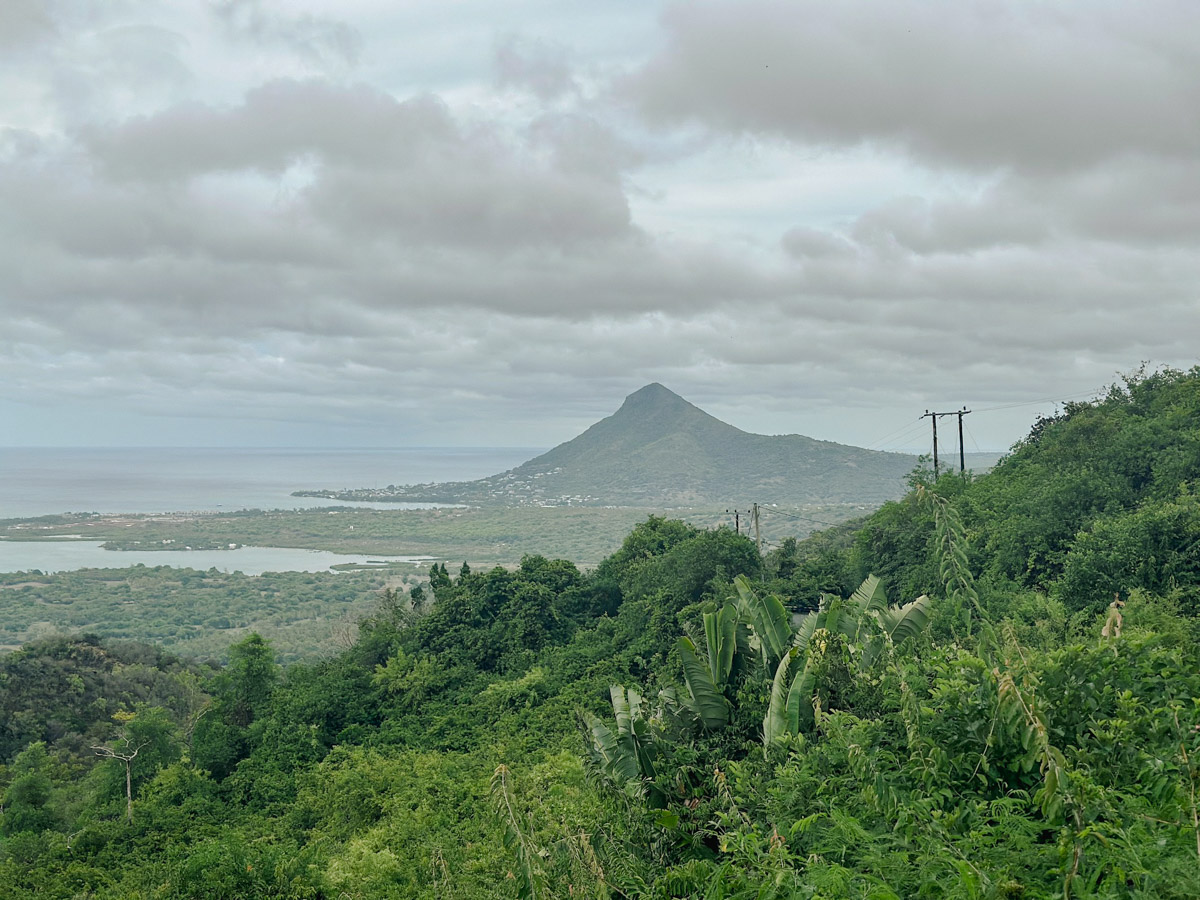
The serene, picturesque paradise below might look idyllic, but it holds a history far more complex than it might suggest. Mauritius, though often known for its luxurious getaways, carries a deep history, one that has shaped the island’s people, culture, and the way they live life today. While it’s long been a favourite honeymoon destination, synonymous with champagne-popping glitz and glamour, where picture-postcard sights greet you from all angles, my recent trip showed me this is a destination with soul and substance too.
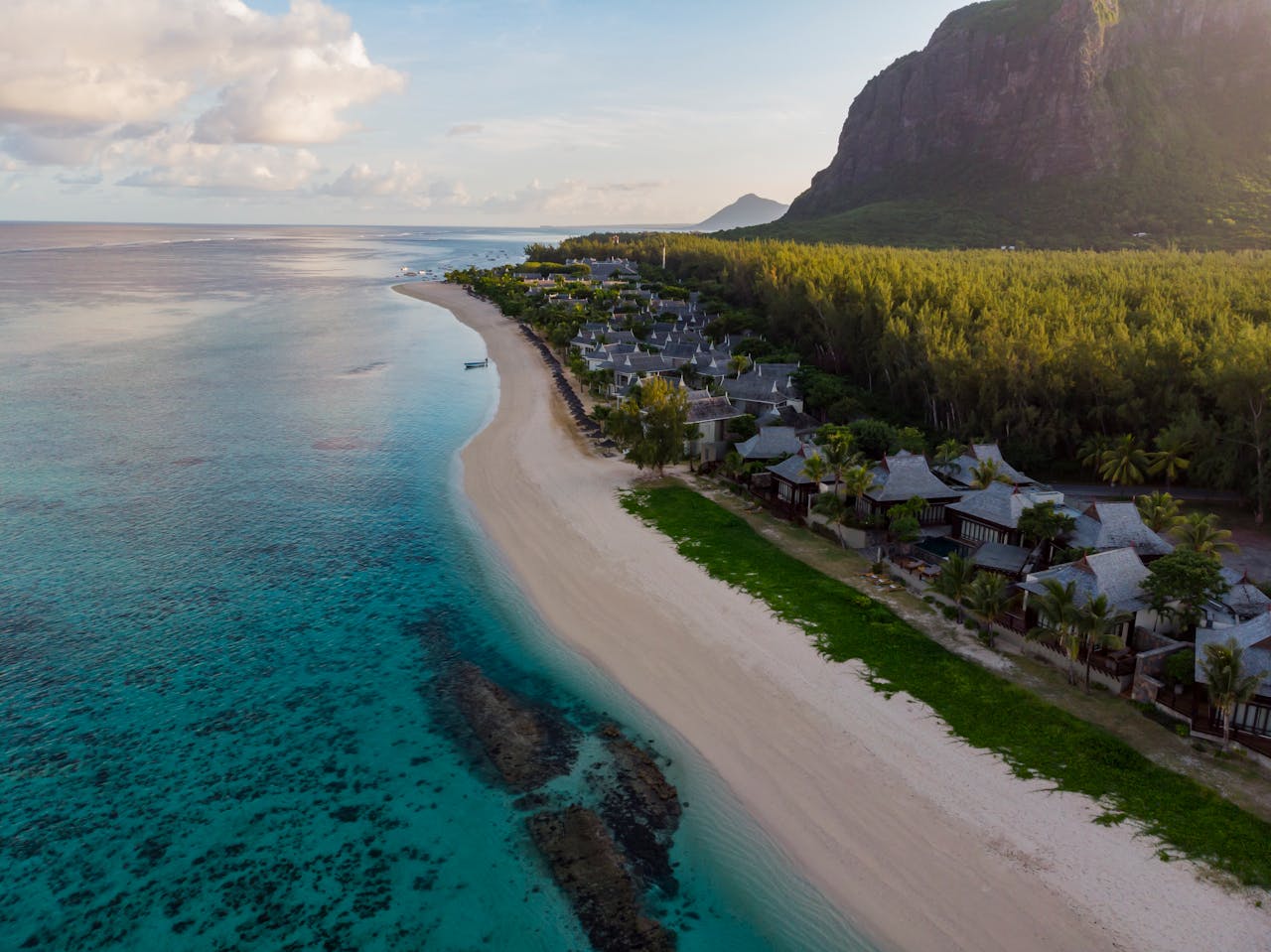
Mauritius has a deep and complex history of slavery, which has played a significant role in shaping the island’s society and way of life. It’s in the island’s Creole culture, art, music, and people. The Dutch were the first Europeans to colonise Mauritius in 1638, bringing enslaved people from Madagascar, East Africa, and Indonesia to work on plantations and build settlements. Harsh treatment, frequent cyclones, and food shortages led to resistance, with many slaves escaping into the forests and mountains. The Dutch abandoned the island in 1710, leaving behind a small population of runaway slaves before the French took control of Mauritius in 1715. Under French rule, large-scale sugar plantations were developed, increasing the demand for enslaved labour. In 1810, the British took over, before abolition of slavery was officially declared in 1835, following the British Slavery Abolition Act of 1833 and over 70,000 slaves were emancipated.
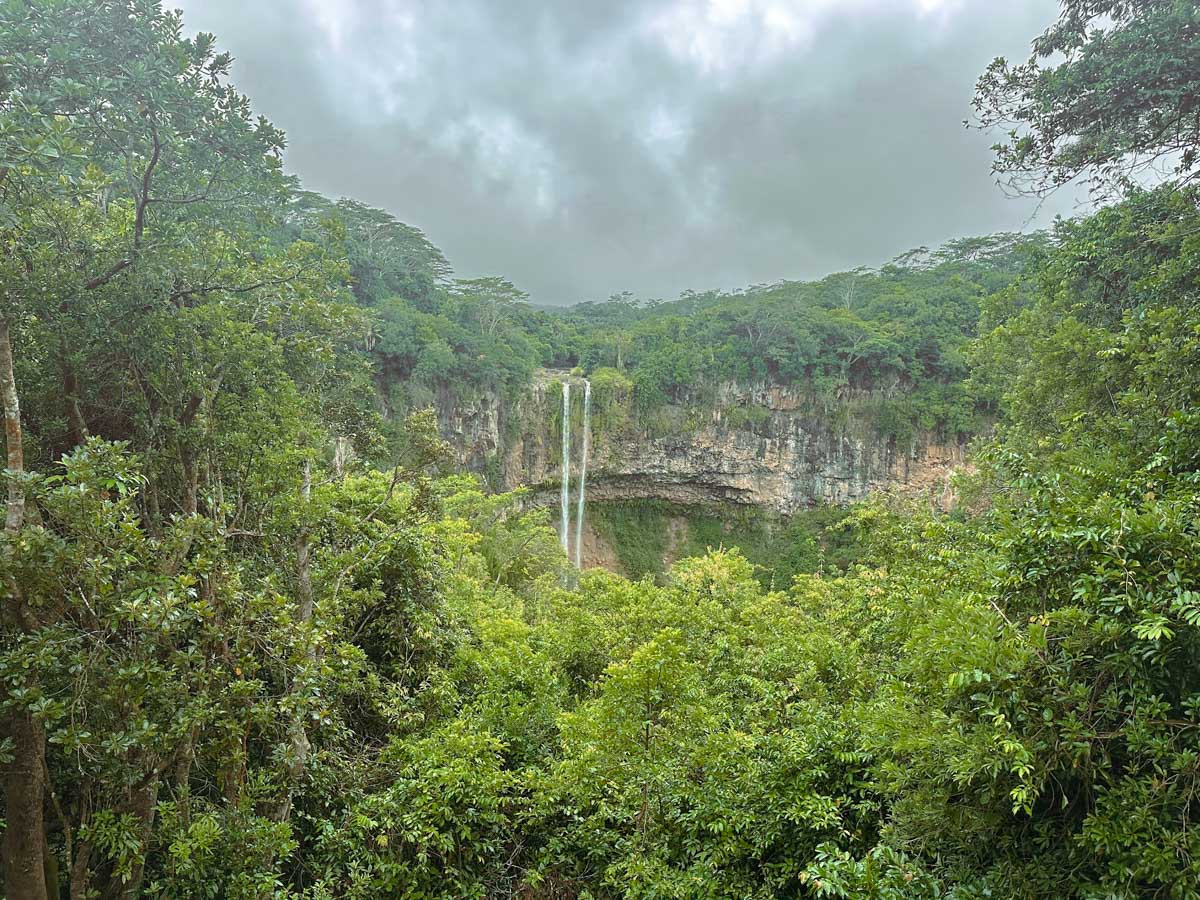
Mauritius’ cultural tapestry and the historical influences within offer a glimpse into its chequered past, showcasing something beautiful coming from a time of hardship. One of the most prominent examples of this blending of cultures is Mauritian Creole, a language that is deeply intertwined with the island’s history of slavery. Developed during the French colonial period (1715–1810), Creole emerged as a means of communication between enslaved people and their masters. Rooted in French vocabulary, it incorporates influences from African languages, as well as Indian and Portuguese and is still widely spoken across the island today.
2025 celebrated the 190th anniversary of the abolition of slavery in Mauritius and this was marked with a calendar of events. Wreath-laying ceremonies and commemorative gatherings took place around the island at various notable locations. This included the Mahebourg Pointe Canonm, a prominent historical landmark known for its annual memorial ceremonies, at the base of Le Morne Brabant Mountain and in the University of Mauritius.
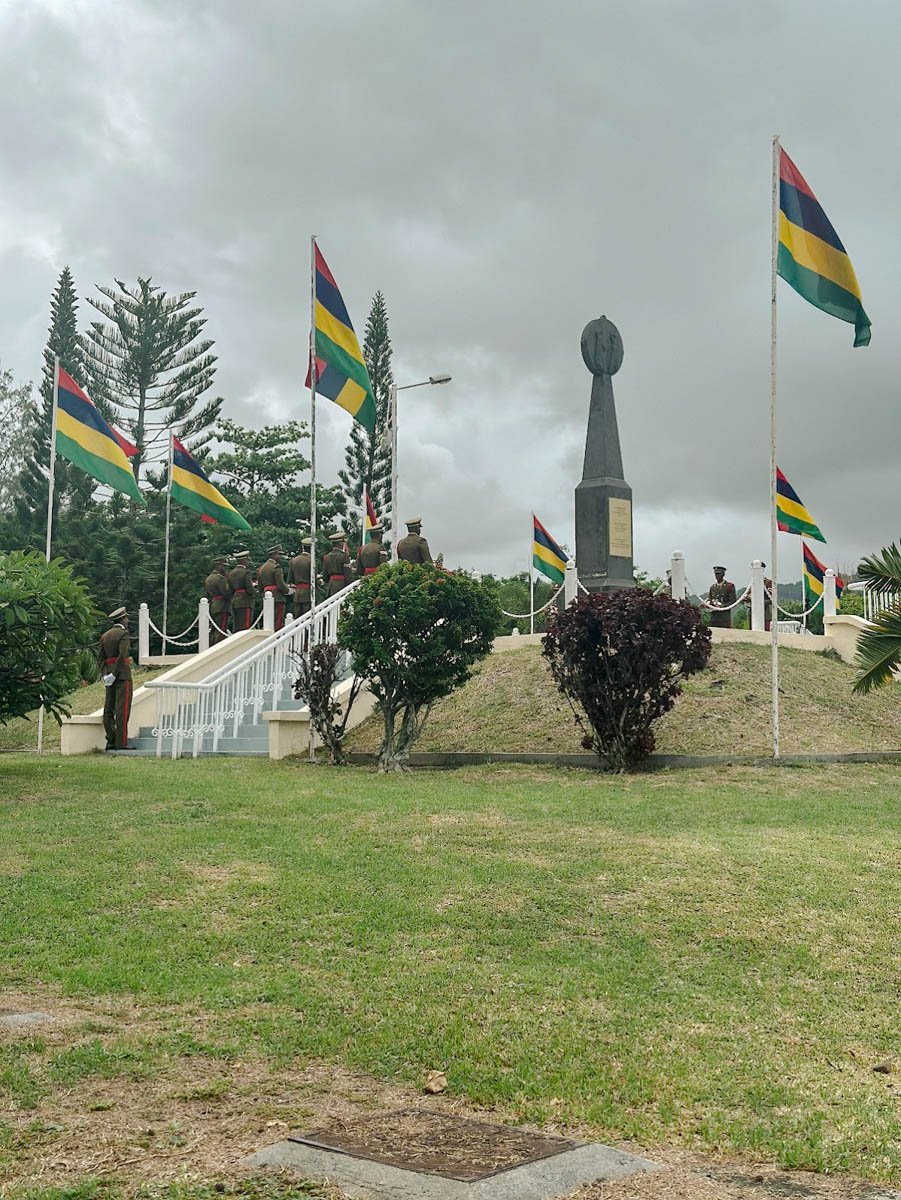
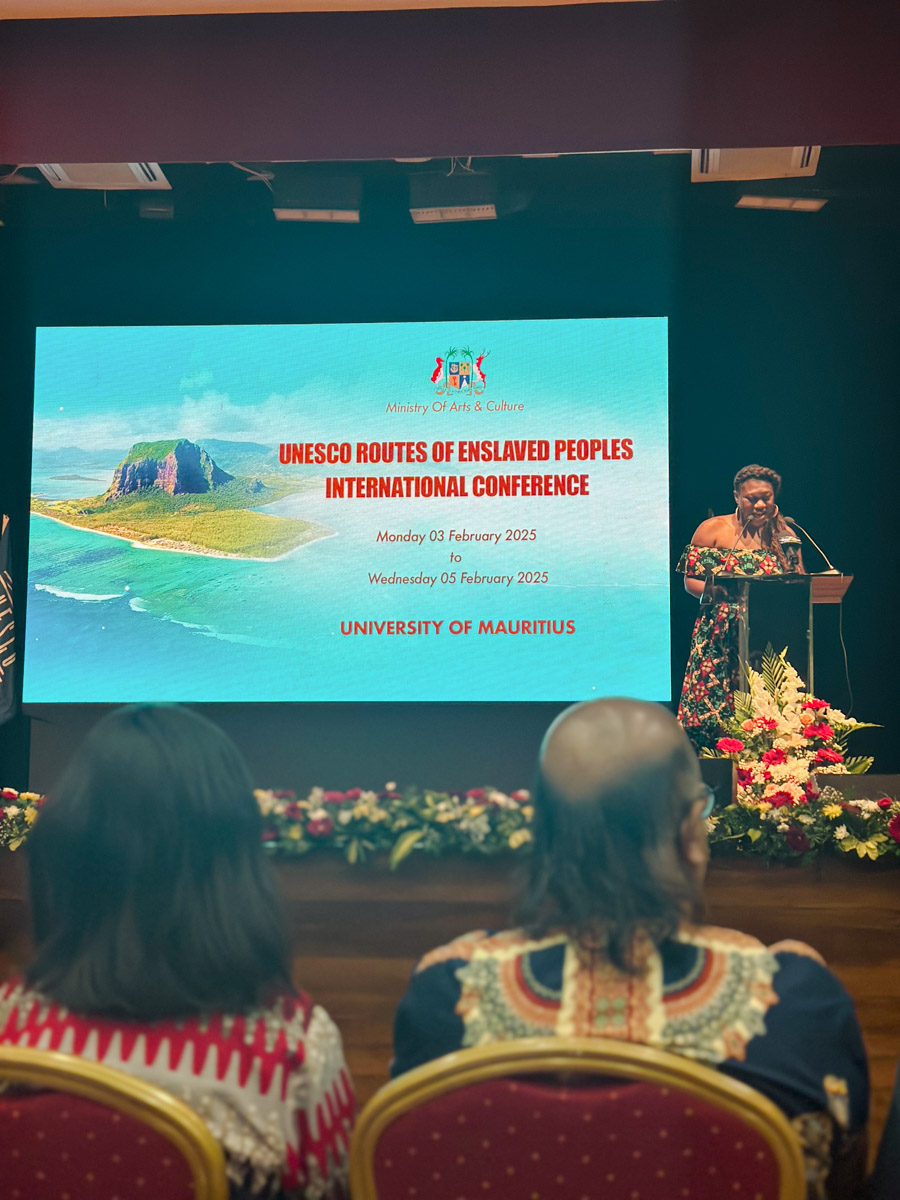
Le Morne Brabant is vertiginously high, protruding prominently against the skyline and is one of the most symbolic locations on the island. You can hike Le Morne Brabant in around four-five hours depending on your level of fitness and it offers some of the best views (except for a helicopter tour!) Yet even more impressive is the history this holds. Used as a refuge by escaped slaves in the 18th and 19th centuries, Le Morne is synonymous with the abolition of slavery. In 2008, it was inscribed as a UNESCO World Heritage Site and it’s now regarded as a symbol of the fight for freedom, representing the resilience of enslaved people who resisted their captors and sought to live freely. It now stands as a place of remembrance for the lives lost, as well as a symbol of their struggle for liberty and freedom.
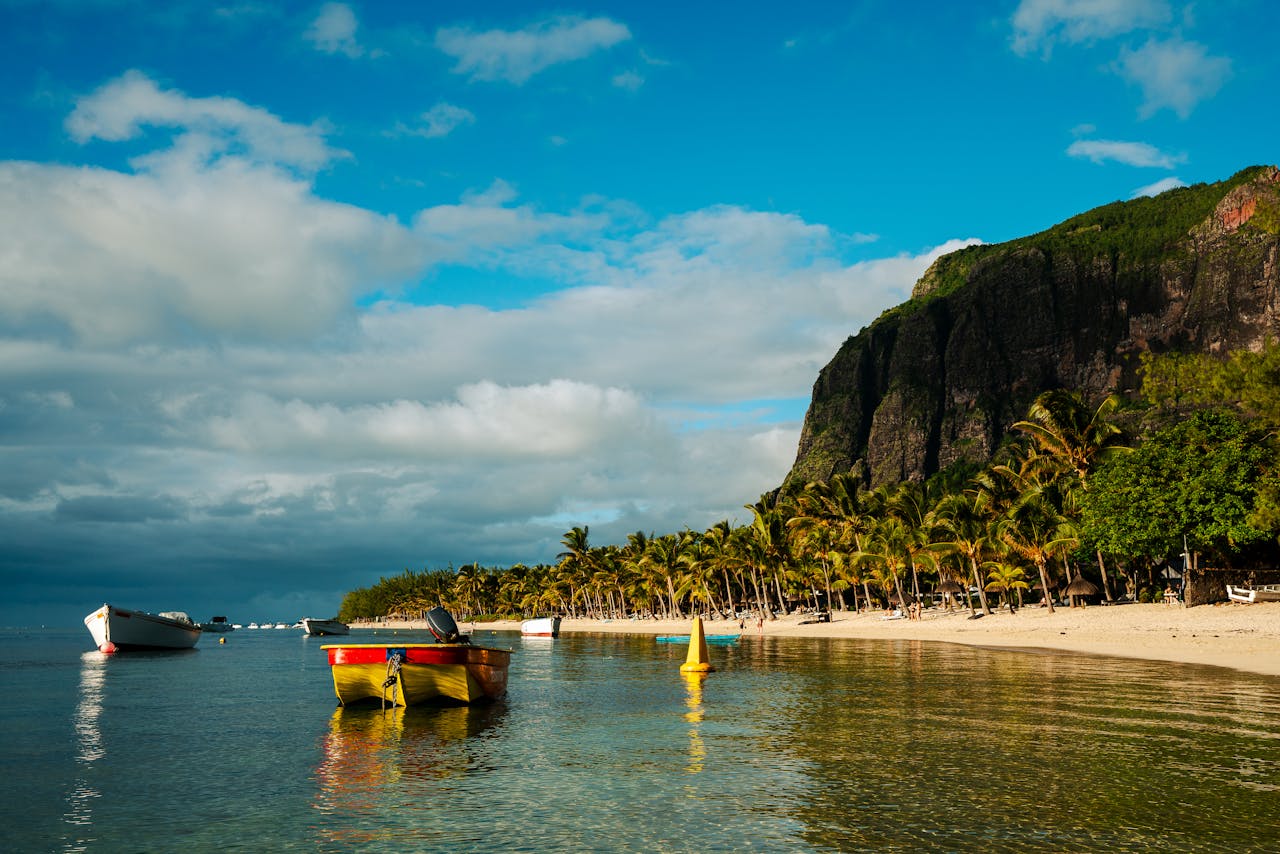
After spending the morning in the shadows of Le Morne Brabant, I witness a Sega dance at the Shandrani Hotel, where the music and movement speak of the same spirit of defiance and hope. Originally performed by enslaved people around a fire with handmade instruments, song lyrics used to tell stories of suffering, freedom and resilience. A form of expression and resistance from enslaved people at the time, Sega is a national symbol of Mauritian identity and is recognised by UNESCO as an Intangible Cultural Heritage. Many hotels offer Sega nights at least once a week where you can see the contemporary take on this Creole tradition.
For a deeper understanding of slavery’s history in Mauritius, visit the Aapravasi Ghat World Heritage Site in Port Louis and the nearby slavery museum. Aapravasi Ghat, the remains of an immigration depot built in 1849, is where indentured labourers arrived to work on sugar plantations, marking a significant chapter in the island’s history of forced labour. Just a short walk away in Port Louis harbour you can wander past sparkling waters, lively crowds, and sun-soaked cafes and it’s this juxtaposition that highlights the fine line between beauty and suffering, capturing how Mauritius has evolved and the importance of remembering its past.
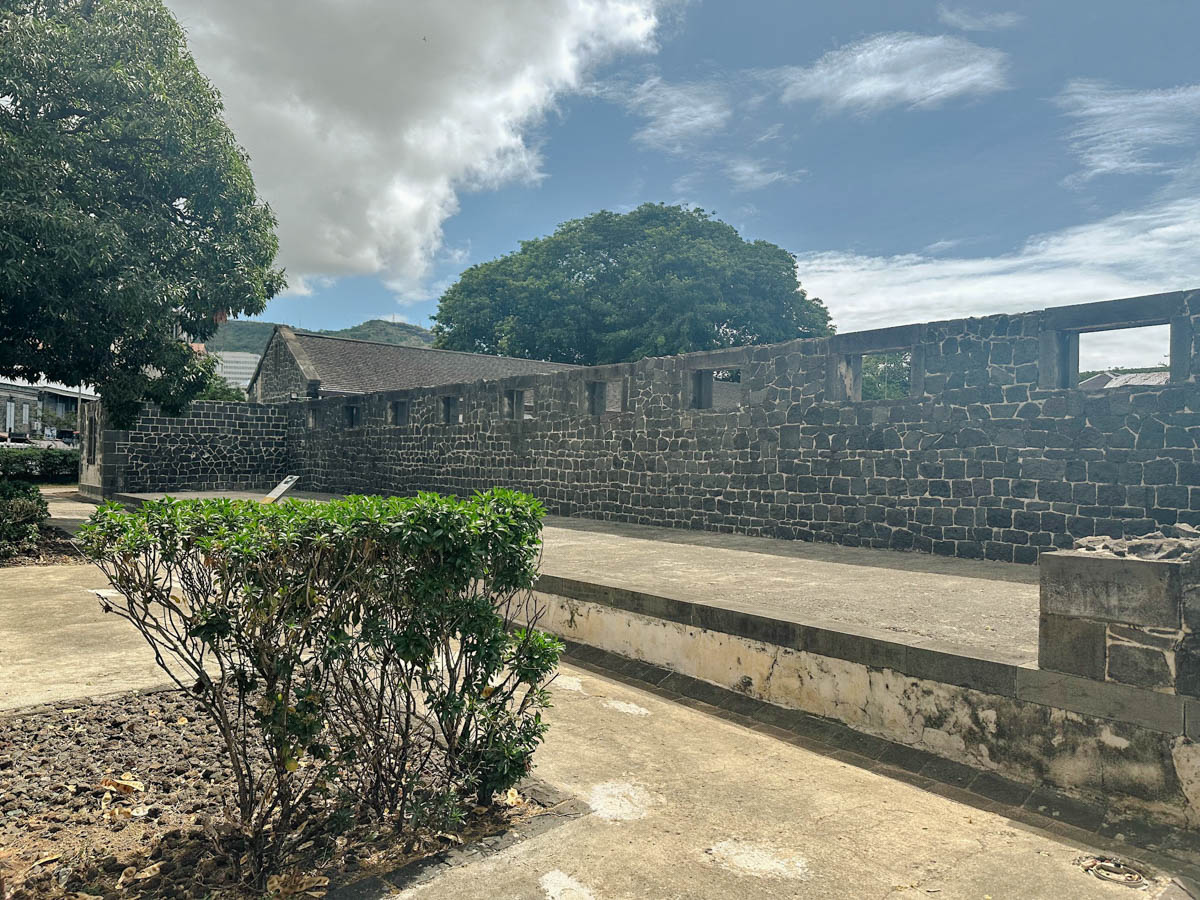
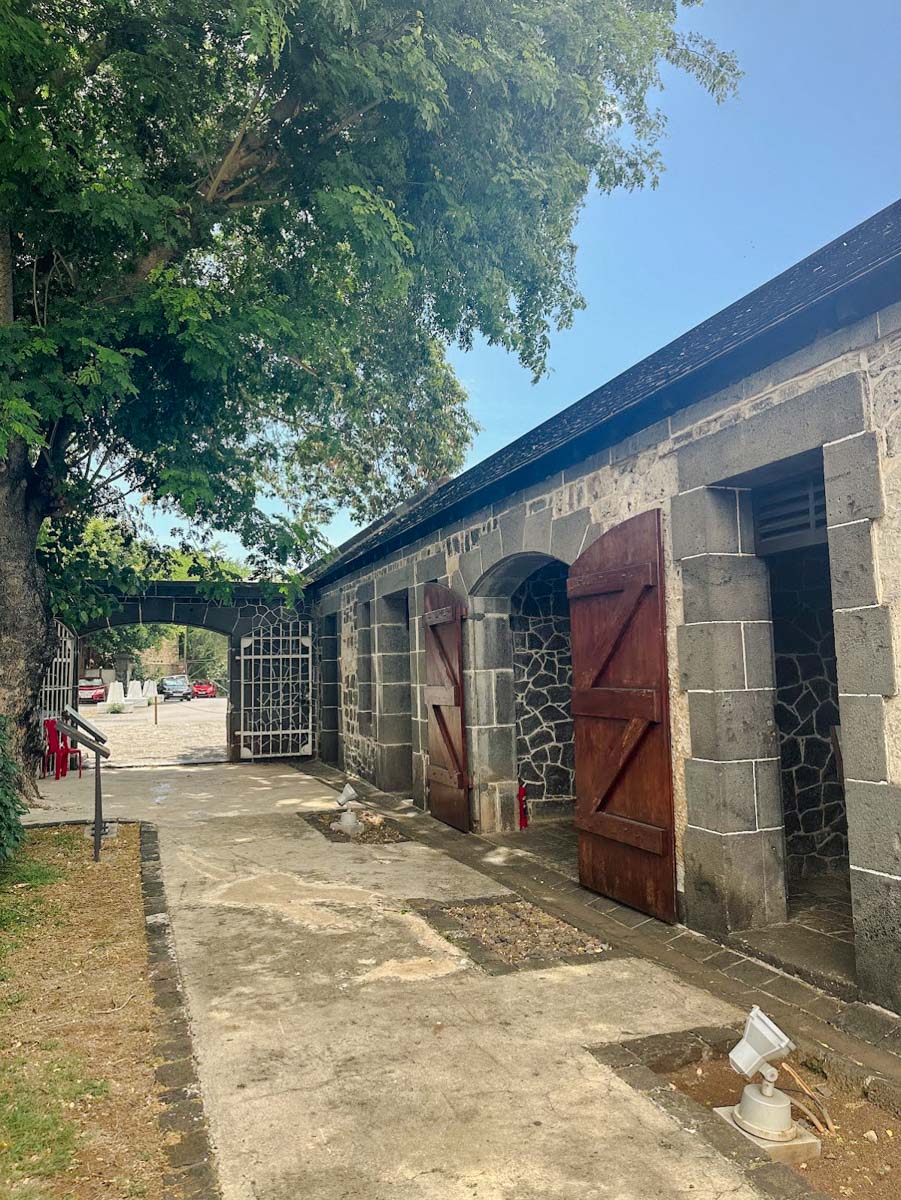
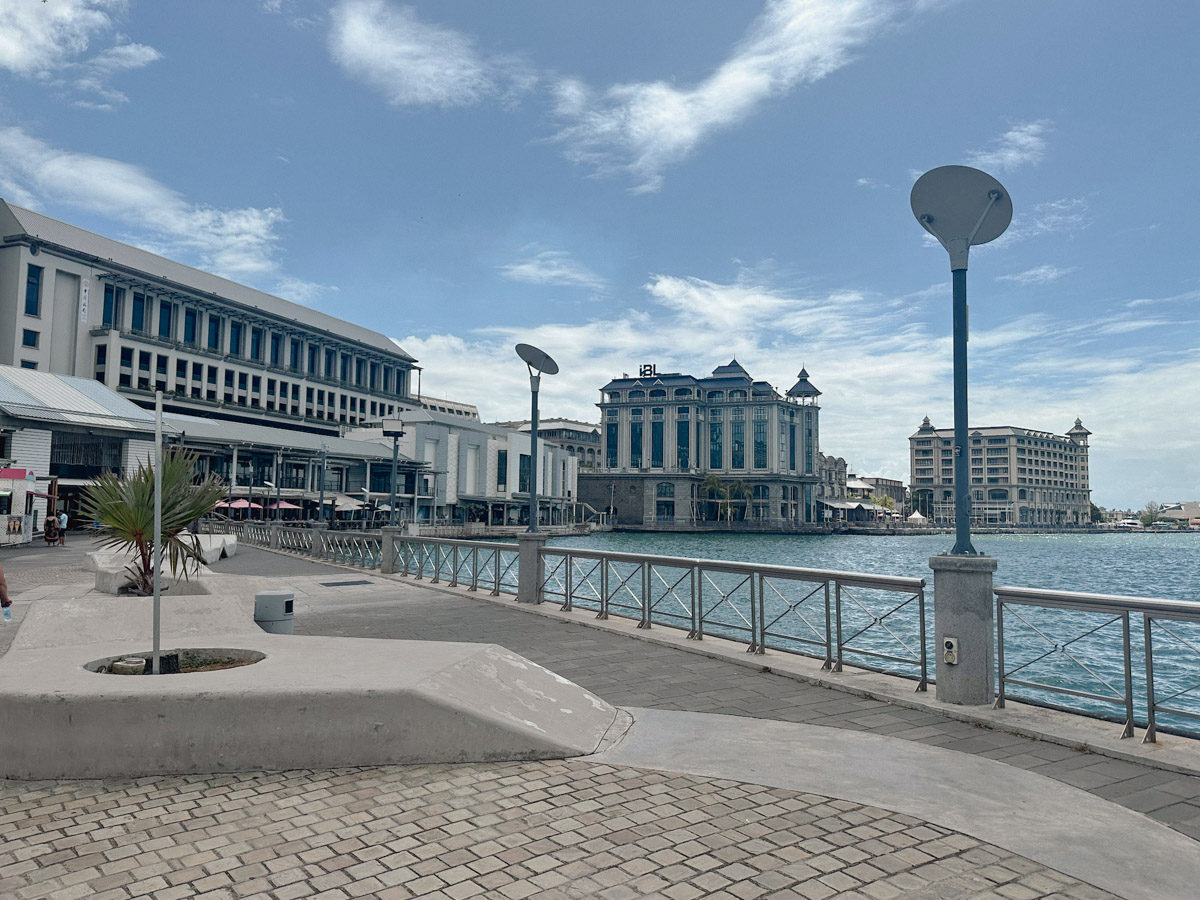
There are many other things to do on the island too, including relaxing in one of their many luxurious resort hotels, I personally recommend the Ravenala Attitude and Shandrani Beachcomber hotel. Spend your days taking a glass-bottom boat to the water and visiting sites such as Pamplemousses Garden, Chamarel 7 Colored Earth and waterfall and witnessing the beauty of Vallée de Ferney. You can dine in a range of incredible eateries, such as Wapalapam or Karay, aswell as dining in the hotel’s impressive range of restaurants. Be sure to visit L’ Aventure du Sucre – Mauritius where you can learn all about the history of sugar in Mauritius, aswell as take part in sugar and rum tasting.
The people in Mauritius are some of the friendliest I’ve ever met and just when you think you’ve seen the most beautiful place on the island, you turn a corner and are greeted with something that somehow tops it. It’s an island I fell in love with from the moment I viewed it from the plane and somewhere that has stolen a little piece of my heart that’s waiting for me to come back and collect it.
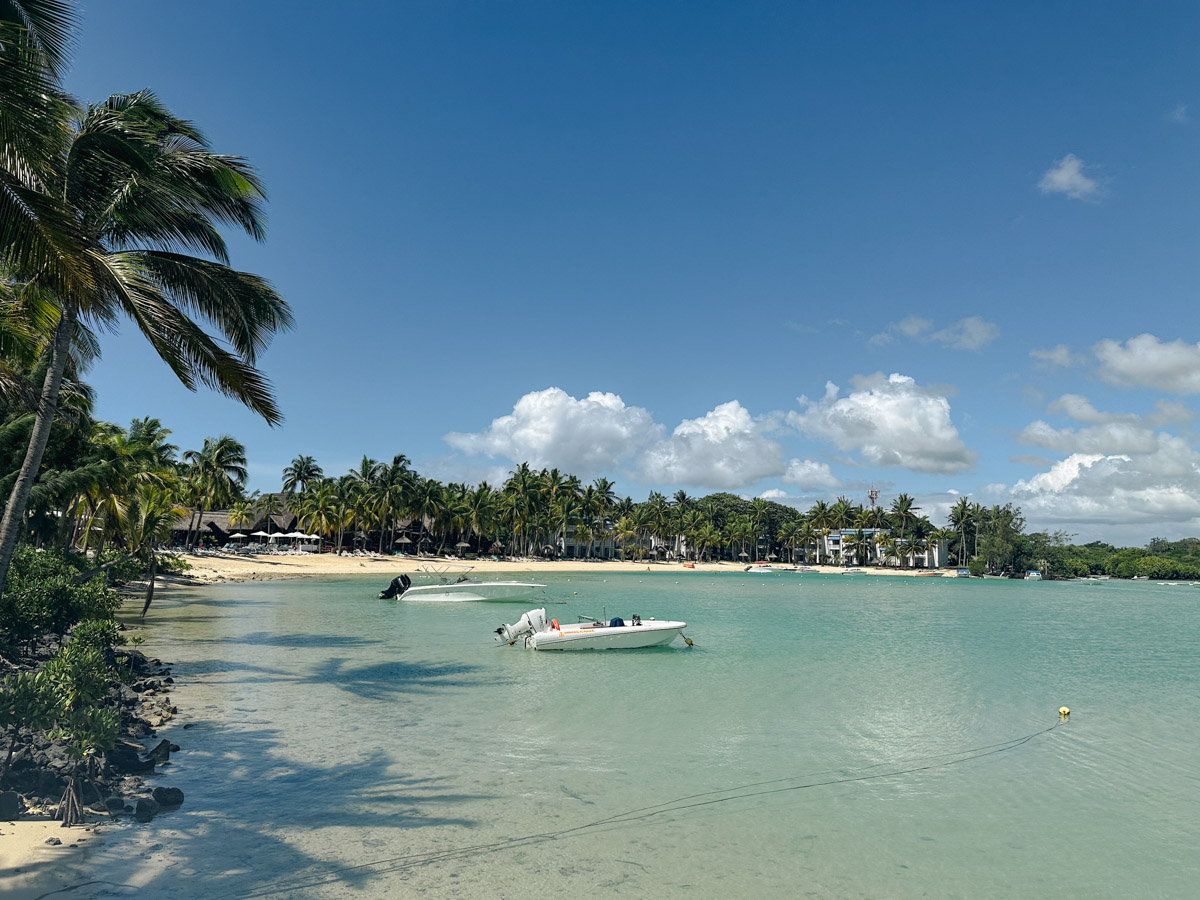
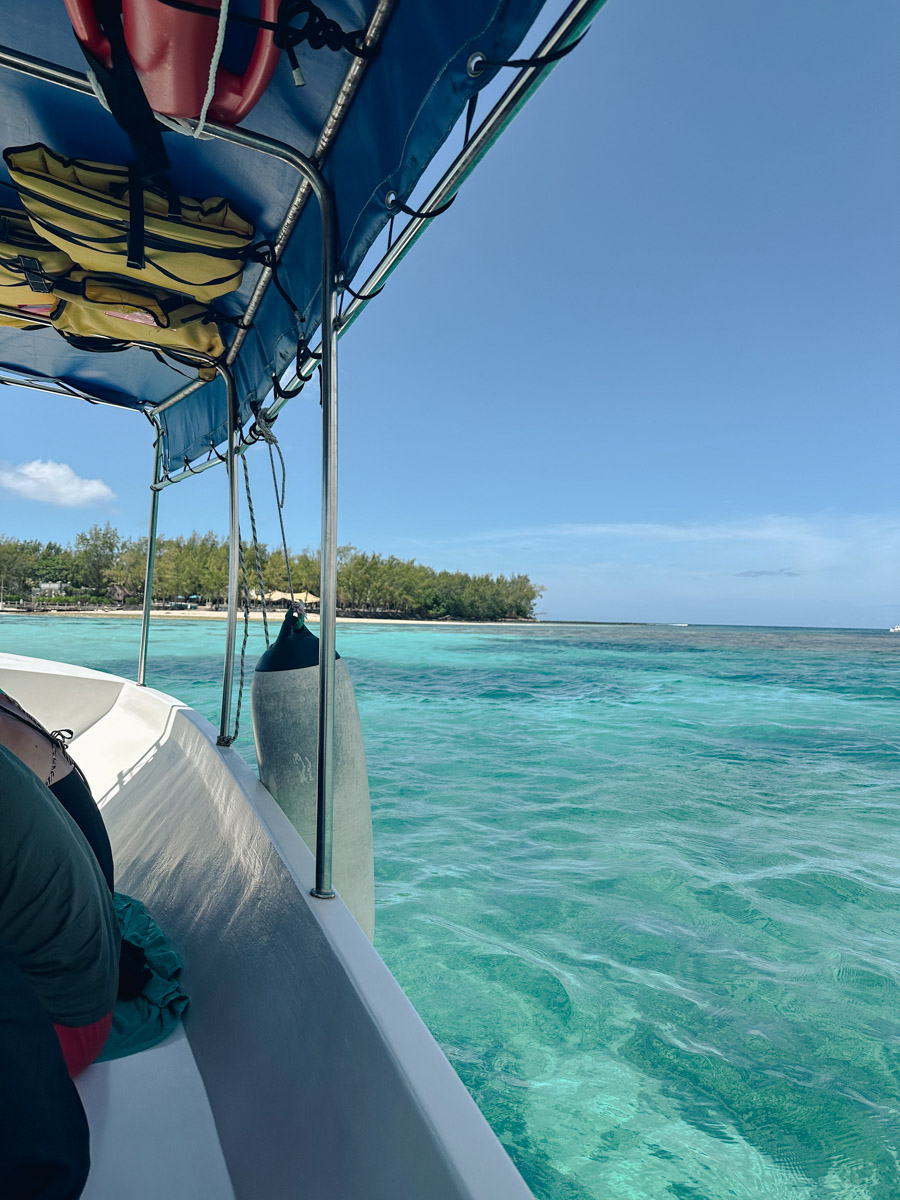
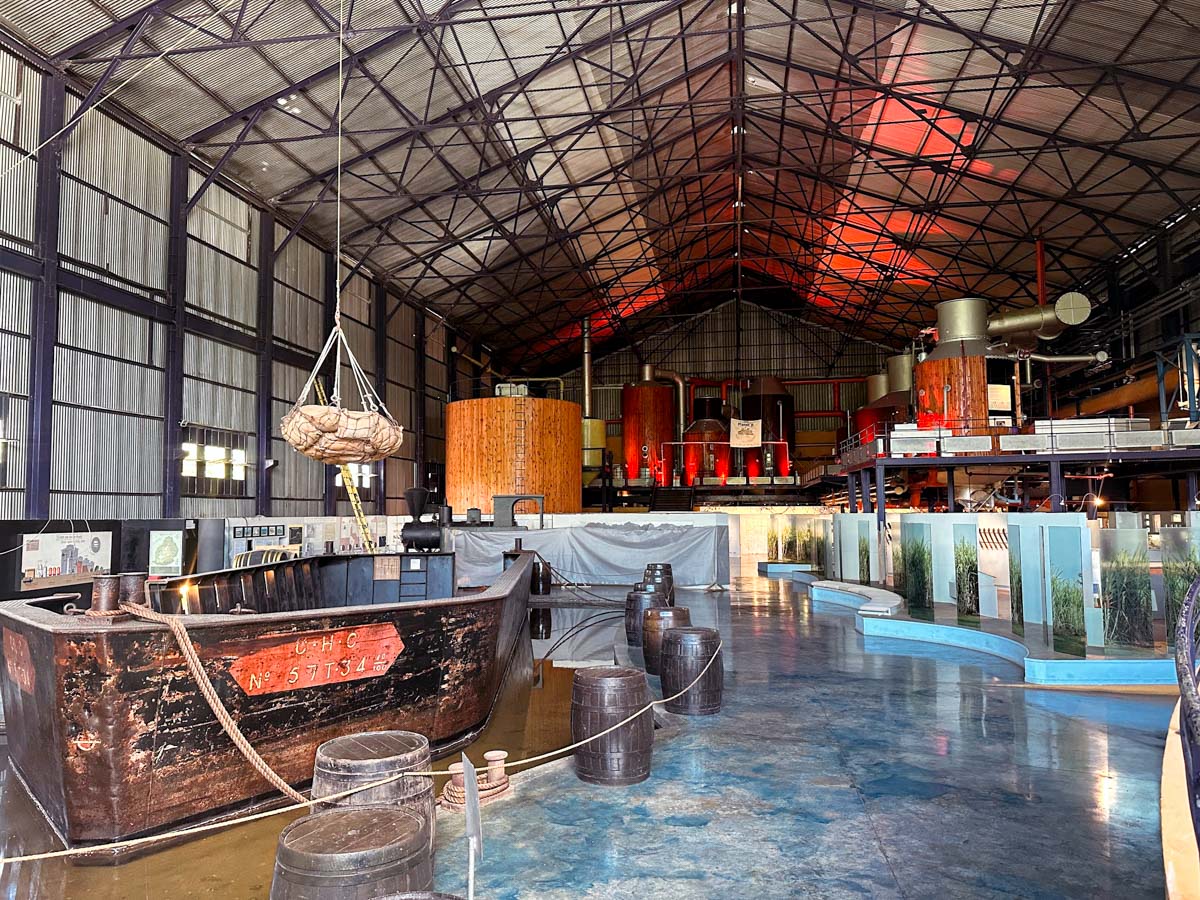
Hidden beneath the picturesque palms and soft white sands, the mouth-watering culinary scene and champagne-popping poolsides in Mauritius are the imprints left behind. Bravery, resilience and freedom. As my time in Mauritius comes to a close, I’m left with an appreciation for the complexity of this majestic island. The beauty of Mauritius is not only in its beaches and vibrant culture but also in what its overcome throughout history. Visiting this island is not just about escaping to paradise; it’s about understanding and honouring the past while celebrating the strength and spirit that continue to shape its future.

